#duchess of devonshire
Text
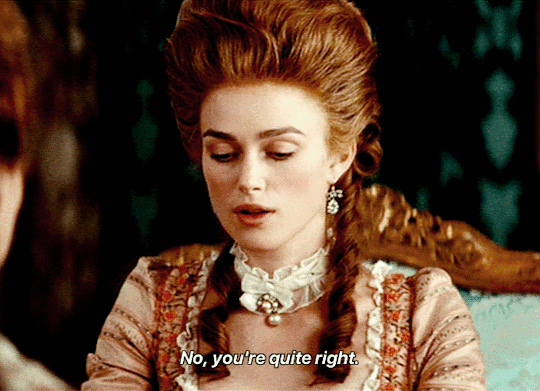
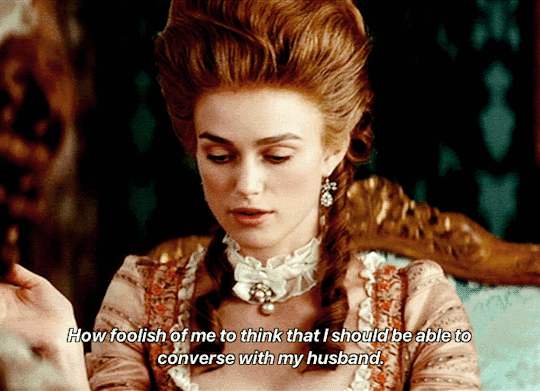
Try not to be too hard on His Grace, G. He's merely intent on fulfilling his duty and as for talking to him, well, whatever is there to talk about?
#the duchess#perioddramaedit#keira knightley#keiraknightleyedit#georgiana cavendish#duchess of devonshire#tusereliza#weloveperioddrama#userhayf#userladiesofcinema#cinemapix#userstream#userbrit#userthing#usersource#gifshistorical#userperioddrama#usersugar#usersansa#cinematv#*my gifs
395 notes
·
View notes
Text
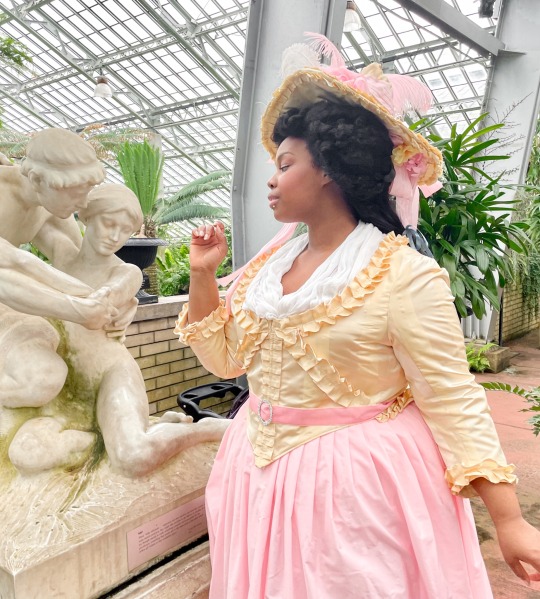
via
#fashion history#historical fashion#rococo#marie antoinette#18th century#18th century fashion#18th century costume#historical costume#pink aesthetic#pink academia#duchess of devonshire#historical academia#rococo aesthetic#pink cottagecore#mignonne#2022#black people in period costumes#black people in period clothing
1K notes
·
View notes
Text

luxusaeterna on Instagram
#18th century#rococo#late baroque#baroque#historic architecture#dark academia#black dark academia#antique aesthetic#duchess of devonshire#poc dark academia#marie antoinette#historical building#baroque academia#baroque aesthetic#historic academia#mignonne#2022#black people in period clothing#gold#neutrals
2K notes
·
View notes
Text

Georgiana, Duchess of Devonshire by Thomas Gainsborough, 1785-1787.
#classic art#painting#thomas gainsborough#english artist#18th century#portrait#female portrait#outdoor portrait#duchess of devonshire#white dress#flowers
62 notes
·
View notes
Text
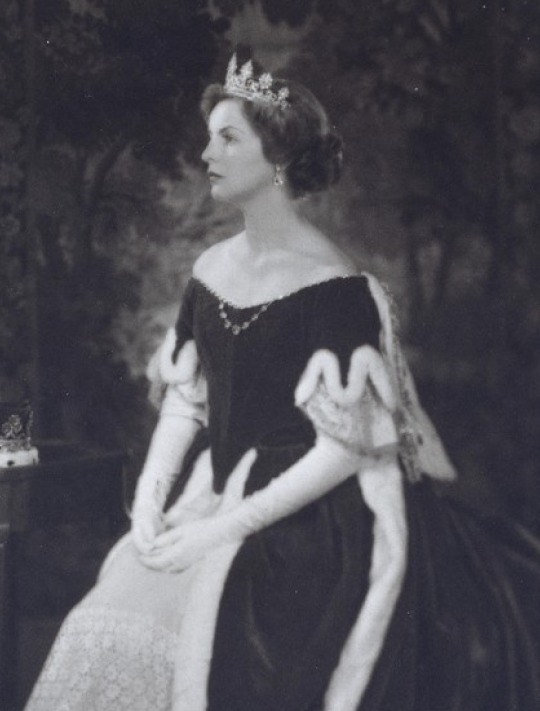
* Coronation Tiaras *
Deborah Mitford Cavendish, Duchess of Devonshire, wore the Devonshire Honeysuckle Tiara for the coronation of Queen Elizabeth II of the United Kingdom at Westminster Abbey on 2 June 1953
#Coronation Tiaras#Duchess of Devonshire#British Nobility#United Kingdom#palmette tiara#diamond#tiara
166 notes
·
View notes
Text
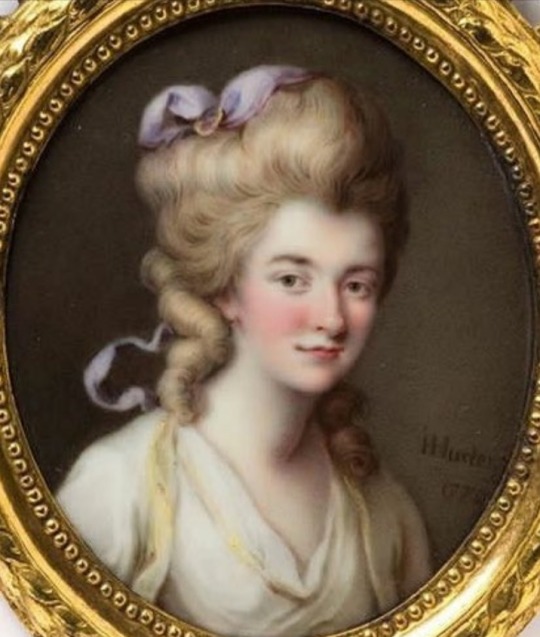


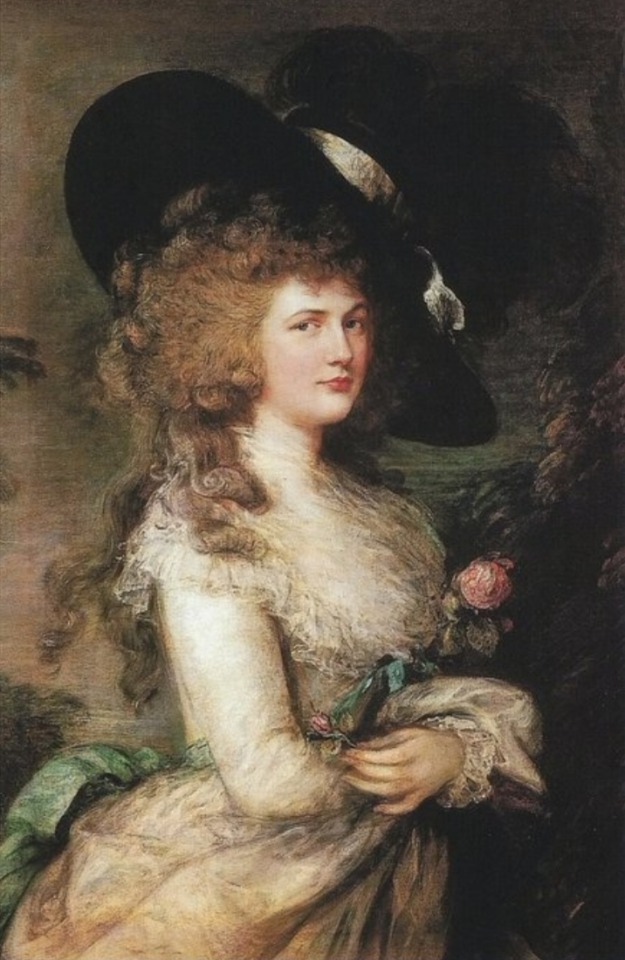
BORN ON THIS DAY:
Georgiana Cavendish, Duchess of Devonshire (née Spencer; 7 June 1757 – 30 March 1806), was an English aristocrat, socialite, political organiser, author, and activist.
Born into the Spencer family, married into the Cavendish family, she was the first wife of William Cavendish, 5th Duke of Devonshire, and the mother of the 6th Duke of Devonshire.
As the Duchess of Devonshire, she garnered much attention and fame in society during her lifetime.
With a preeminent position in the peerage of England, the Duchess was famous for her charisma, political influence, beauty, unusual marital arrangement, love affairs, and socializing.
She was notorious for her gambling addiction, leading to an immense debt.
She was the great-great-great-great aunt of Diana, Princess of Wales.
Their lives, centuries apart, have been compared in tragedy.
She was also a great-great-great-aunt of Elizabeth II by marriage through the queen's maternal grandmother.
#Georgiana Spencer#Georgiana Cavendish#Duchess of Devonshire#Spencer Family#Cavendish Family#Lady Diana Spencer#Diana Princess of Wales#Queen Elizabeth II
44 notes
·
View notes
Photo

The Duchess (2008)
#2008#film#movie#The Duchess#Ralph Fiennes#The Duke#Duke Of Devonshire#Keira Knightley#Georgiana Spencer#Duchess Of Devonshire#Dominic Cooper#Charles Grey#Hayley Atwell#Bess Foster#Charlotte Rampling#Lady Spencer
34 notes
·
View notes
Text
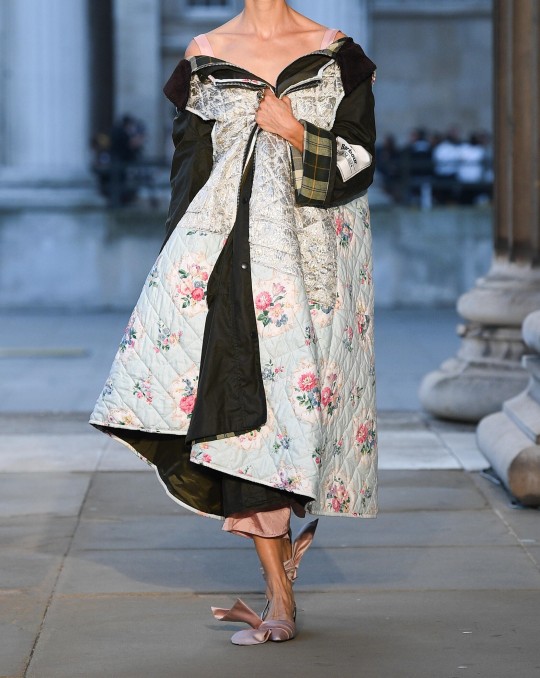
The Duchess of Devonshire's archival fabric remnants made into a Barbour opera coat .. Erdem SS24 ..
8 notes
·
View notes
Note
Lafayette visited London!? Please tell me more!
Dear @my-deer-friend,
here you go!
In early 1777, La Fayette was already showing much more enthusiasm for the American cause than his father-in-law, the Duc d’Ayen, liked. The Duc’s brother, Emmanuel Marie Louis, marquis de Noailles, had just taken up his post as French ambassador to the British court and the Duc seized this opportunity to send his son-in-law over. He hoped seeing London in person would tamper his enthusiasm (we all know that it did not.) La Fayette travelled with the Prince de Poix.
The group travelled from Calais and initially planed to cross the channel on February 21, 1777 but bad weather made them change their plans and so they arrived on February 24, 1777 in London. La Fayette wrote Adrienne the following day (February 25):
We have arrived in London, dear heart, but not without difficulty. The time we spent at Calais was very boring, but we finally got here yesterday. I write to you from the home of the Marquis de Noailles, who received us very warmly. We have as yet seen only a few men this morning. We have just dined with our ambassador, and we are about to leave for the opera; then we are invited to a supper. At the ball tonight we shall see all the ladies. I still think Paris is preferable to London, even though we have been received very agreeably here. I am very impatient to see all the young women, and the famous Duchess of Devonshire. We make our entry into society this evening. I very much hope that the prince will conduct himself well. He claims that I am always afraid that he will say something stupid.
Idzerda Stanley J. et al., editors, Lafayette in the Age of the American Revolution: Selected Letters and Papers, 1776–1790, Volume 1, December 7, 1776–March 30, 1778, Cornell University Press, 1977, p. 28-31.
Although La Fayette sounded a bit skeptical of London, his opinion soon changed. He wrote his wife Adrienne on February 28, 1777:
For once, dear heart, I am just like these gentlemen. London is a delightful city, I am overwhelmed with kindnesses, and I only have time for pleasure here. All the men are polite and obliging. To us, all the women are pretty, and good company. Amusements are more lively than in Paris. We dance all night, and, perhaps because my dancing is more on a par with everyone else's, I like the ball here, for there are some fine figures in my new country. The Marquis de Noailles is charming, and very attentive to us. He is highly esteemed in London, and maintains his station very well. It is true that I am inclined to see everything in the best light. I am already almost as much a part of London society as I am of that of Paris. (…) I have a thousand things to do this evening, concluding with a ball, for we never retire here before five A.M.
Idzerda Stanley J. et al., editors, Lafayette in the Age of the American Revolution: Selected Letters and Papers, 1776–1790, Volume 1, December 7, 1776–March 30, 1778, Cornell University Press, 1977, p. 28-31.
He wrote again to Adrienne on March 1, 1777:
The diversions of London maintain a rapid pace, and even I, who am not accustomed to a secluded life, am amazed at their liveliness. To leave the dinner table at seven-thirty and have supper between two and three A.M. at first struck me as a very bad practice. I am enjoying myself very much here. There are some truly charming women and some men who are very friendly and full of kindness for us. When you can draw the women from their precious gatherings, and the men from their clubs, to bring them into company [one or two illegible words], they are very agreeable.
Idzerda Stanley J. et al., editors, Lafayette in the Age of the American Revolution: Selected Letters and Papers, 1776–1790, Volume 1, December 7, 1776–March 30, 1778, Cornell University Press, 1977, p. 28-31.
La Fayette wrote one last time to Adrienne from London on March 7, 1777:
I look forward to hearing more today; no matter how great the bustle of London, I am always thinking impatiently about post days, and I am elated when they arrive. We dance, we dine, we always stay up very late, and our activities have been related to scarcely anything but society. Today, however, I took a walk with M. de La Rochette (whom I can never leave) to the port of London and several notable places in this city. Tomorrow or the day after we are going to Portsmouth, armed with an ample supply of introductions, which will enable us to see everything. They continue to overwhelm us with kindness in this country, and nowhere in the world could we be treated more pleasantly. M. de Poix is the great arbiter of fashion and creates hair styles for all these ladies, but these ladies only. We are eagerly awaiting our friend Etienne, who is traveling slowly with the Duke of Dorset. However, we hope to have some news of him eventually. The English are convinced that there will be war, or rather they predict it. In truth, one need not be terribly shrewd to see that it will come, at least after a time. Here, however, I do not let on that I am convinced of it. Today I dine with a man whom I have met only when he was running about town with Mile Grandi, and whom I was astonished to see again here in possession of a wife and a house, which is beautiful if not fine, whereas it is said that his wife is neither of those. All in all, I am annoyed to be obliged to go there and my ill humor about it is even greater as I am compelled to take leave of you. It is five-fifteen here, the time when people begin to ask if their carriage has arrived. I am going to hurry the prince, who is always on horseback and extremely busy buying horses.
Idzerda Stanley J. et al., editors, Lafayette in the Age of the American Revolution: Selected Letters and Papers, 1776–1790, Volume 1, December 7, 1776–March 30, 1778, Cornell University Press, 1977, p. 28-31.
Here is where things took a turn. La Fayette did not went on to visit Portsmouth for two reasons. First, he British fleet, ready to sail to America, was anchoring in Portsmouth and although La Fayette was rather open (or at least as open as he could be) about his admiration for America, he still found it as a breach of confidence for him to visit the British fleet. Second, he was informed that his own ship, La Victoire, was ready to sail and he therefor hastened back to France.
He arrived in Paris either on March 13 or 14 and upon arriving learned that there were still preparations underway. Instead of returning home to his in-laws, he stayed in an inn in Chaillot. He left for Bordeaux with the Baron de Kalb on the evening of March 16, 1777, not before sending one last letter to his father-in-law. La Fayette had begun writing the letter while still in London on March 9, 1777:
You will be astonished, my dear Papa, by what I am about to tell you; it has been more painful than I can say not to have consulted you. My respect, my affection, and my confidence in you must assure you of that. But I had given my word, and you would not have respected me if I had gone back on it, whereas the step that I am taking will, I hope, give you a favorable opinion, at least of my good intentions. I have found a unique opportunity to distinguish myself, and to learn my profession. I am a general officer in the army of the United States of America. My zeal for their cause and my sincerity have won their confidence. On my side, I have done everything I could for them, and their interests will always be more dear to me than my own. In short, my dear Papa, at this very moment I am in London, awaiting news from my friends. As soon as I receive it, I shall leave here and, without stopping in Paris, board a ship that I have equipped, and which belongs to me.
Idzerda Stanley J. et al., editors, Lafayette in the Age of the American Revolution: Selected Letters and Papers, 1776–1790, Volume 1, December 7, 1776–March 30, 1778, Cornell University Press, 1977, p. 28-31.
By the time La Fayette arrived in London, his plan to join the American army had already been set in motion. He had purchased La Victoire in early February of 1777 and signed his agreement with Silas Deane on December 7, 1776.
La Fayette met a number of interesting people while in London. He mentioned the Duchess of Devonshire in his letter, what he did not mentioned however, is the fact that he also met the King, George III. Most memorable is perhaps his meeting with General Henry Clinton – the men he would face off in battle only a few months later. Clinton and La Fayette were attending the same performance at the opera and had a very brief conversation in the foyer.
And that concludes La Fayette’s eventful stay in London.
I hope you have/had a fantastic day!
#ask me anything#my-deer-friend#marquis de lafayette#la fayette#french history#american history#british history#american revolution#1776#1777#adrienne de noailles#adrienne de lafayette#george iii#henry clinton#letters#silas deane#duc d'ayen#history#baron de kalb#duchess of devonshire
39 notes
·
View notes
Text

Bobby and Ethel visiting Chatsworth accompanied by the Duchess of Devonshire
#robert f kennedy#rfk#bobby kennedy#ethel kennedy#ethel skakel kennedy#at least I think that’s debo#duchess of devonshire#debo mitford#kennedy family#the kennedys
10 notes
·
View notes
Text
The Devonshire Tiaras
I love anything Mitford, and have every book Debo Mitford Cavendish ever wrote. I wish we could see some of the Devonshire tiaras at King Charles III's coronation - which one would you wear?
I am torn between the Honeysuckle Tiara
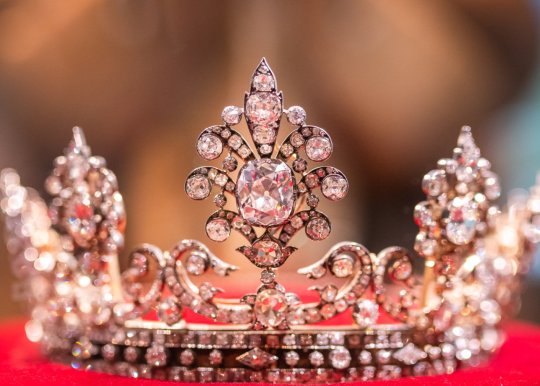
and the Palmette

From Debo: "My grandmother-in-law, Evelyn Duchess of Devonshire, was Mistress of the Robes to Queen Mary for forty-three years from 1910. Together they weathered long hours of tiara’d evenings, including those during the fabulous Indian Durbar in Delhi in 1911. The magically beautiful but relentless program, carried out in torrid heat, was exhausting for all concerned, and after one particularly lengthy evening Granny Evie was heard to say, ‘The Queen has been complaining about the weight of her Tiara…The Queen doesn’t know what a heavy tiara is.’ Evelyn knew what she was talking about. The larger of the two Devonshire diamond tiaras in indeed a whopper.”
I would be more than happy to wear either one!
7 notes
·
View notes
Note
If you think a high ranking noble woman was doing a lot of household book keeping in Regency England, you should study history more. You have no clue what you are talking about. Planning events means selecting a menu, making a seating chart, deciding on a theme…the idea that a Viscountess or Duchess would be mindful of the books as part of their regular duties is incorrect. Learn some history.
And you, my friend, learn some civility. I'll answer because I should clarify:
This is what I said in the original post:
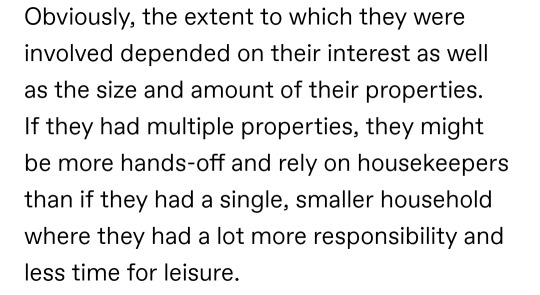
Maybe I should have been more explicit and tied the idea of having multiple estates to the aristocracy (duchess, viscountess) to assuage your bitching. But yeah, in the case of the wealthiest (often wealthy gentry and aristocrats), a housekeeper would probably be doing the actual math and and whatnot, but basic math was still a part of many high-born women's education for the explicit purpose of managing households. My mom's always said you need to learn the basics so that even if you hire someone to do it for you later on, you'll know you're not being swindled.
Otherwise, many other well-born ladies (and by well-born I mean gentry; not indicative of wealth) were actively managing the accounts themselves.
I do believe even a lady who relied on housekeepers and others to manage the accounts would have been aware of household expenditures and obviously were aware of the annual income they were working with when it came to entertaining (unless you're an idiot, you're not just... blindly planning a party and setting menus; you plan within your means, even if your means are enormous), and had access to the account books. And based on some (well-researched) HR I've read, having access to the accounts becomes tantamount if your husband is deceased or you're solely managing your household. Like I said in the previous post, how active she was in the control of household expenses varied based on rank, amount of properties (wealth), and just general interest. I've read Amanda Foreman's biography of the Duchess of Devonshire. Foreman mentions Georgiana, married to one of the wealthiest peers of the realm, was aware of household expenses and tenants who received charity from the duke's household via the duke's advisor because she was now responsible for handling them. She was also using that money to start charity schools on the estate so obviously, this means she was aware of where the money was coming from.
Also, I'd like to add that I don't have history degree; just very into it and I'd like to think I'm decently knowledgeable but I'm always willing to learn but like, tone matters and yours was... not it, probably out of some deeply misguided superiority complex.
4 notes
·
View notes
Text

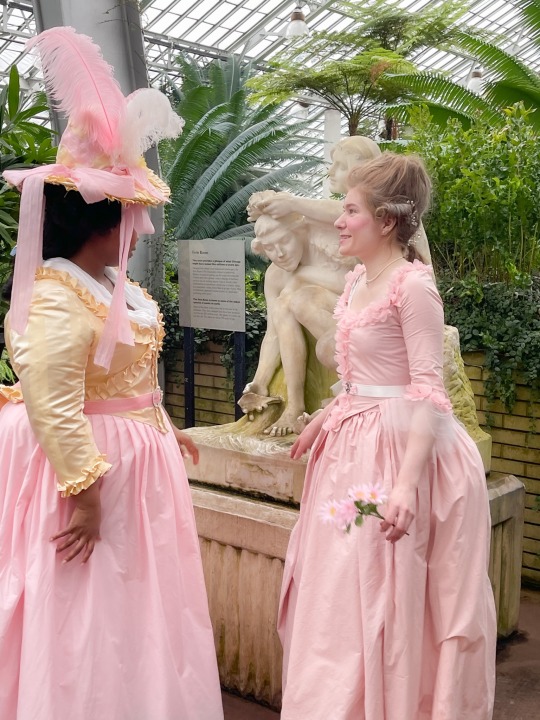
my friend marissa and I posing and admiring each other’s fits in the Garfield park conservatory, while in historical costume for CHCS.
#historical fashion#historical costume#georgian#rococo#marie antoinette#18th century fashion#18th century#princess aesthetic#duchess of devonshire#princesscore#soft black women#black princesscore#feminine black women#black femininity#pastel pink#pastel yellow#mignonne#2022#black people in period clothing
2K notes
·
View notes
Text
An early and exceptional woman politician was Georgiana, Duchess of Devonshire.
"Normal Women: 900 Years of Making History" - Philippa Gregory
#book quote#normal women#philippa gregory#nonfiction#exceptional#women in politics#georgiana#duchess of devonshire
0 notes
Text
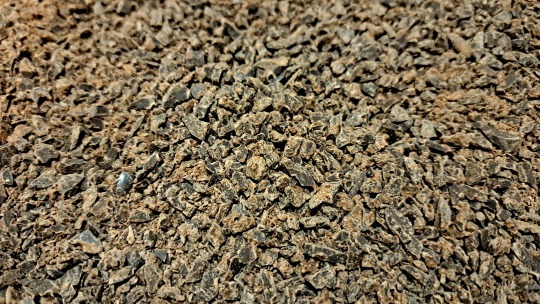
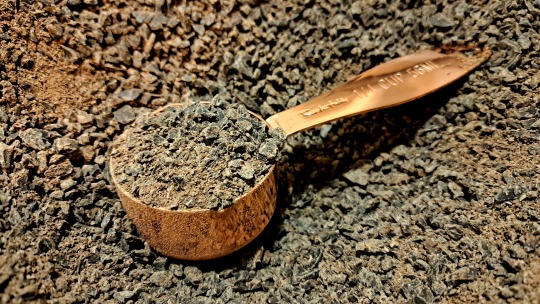
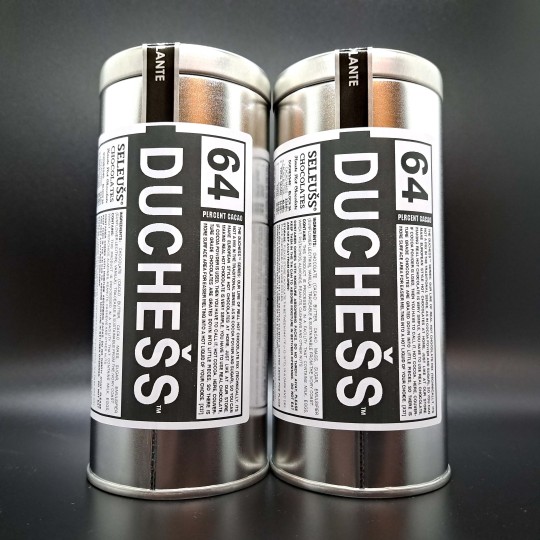
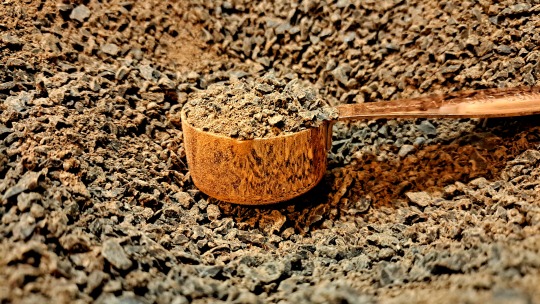

SELEUSS - DUCHESS 64% HAUTE CHOCOLATE MIX
BATCH 1422
The DUCHESS™ SERIES: our line of real hot chocolate mix (technically, its not a mix in the traditional sense, as in cocoa power and sugar), so you can make European style hot chocolates at home, just like at our store. Making real Hot chocolate is very simple, you have to use real chocolate, If cocoa powder is used, then you have to call it, hot cocoa. Here, couverture grade chocolates are grated down into little pieces, so there is more surface area for easier melting into a hot liquid of your choice. [x37]
INGREDIENTS: chocolate (cacao butter, cacao mass, sugar, emulsifier (sunflower lecithin), vanilla). Traceable & sustainable from the ivory coast.
CONTAINS: This product is processed in a facility that contains milk, eggs, wheat, PISTACHIOS, almonds, peanuts, cashews and other nuts.
Container comes with moisture absorbing packs. Do no throw away, please keep them in the tin can to absorb moisture in between openings. Do not eat and keep away from children!
STORAGE: Please store CHOCOLATE TIN between 54-61°F (~12-16°C), in a dark and dry place, preferably in a wine cooler.
SELEUŠS® chocolates, 1910 1st ave, seattle, wa 98101 (LOCATED ABOVE PIKE PLACE MARKET IN DOWNTOWN SEATTLE, CORNER OF 1ST & STEWART).
WWW.SELEUSS.COM WWW.SELEUSSCHOCOLATES.COM [email protected]
Facebook.com/seleuss seleuss.tumblr.com instagram.com/seleuss @SELEUSS
This can contains 9+ oz of grated couverture grade haute chocolate mix, enough for making FOUR 6 oz cups of real hot chocolate, just like at our store. PREPARATION:
1) Scoop 2+ oz (~4 tablespoons) of grated chocolate mix into LARGE coffee cup.
2) Heat 4 to 5 oz of half & half, whole milk or substitute (coconut milk, oat milk) to ~165°F in either saucepan or milk frother.
3) Slowly pour heated liquid over grated chocolate and whisk until the chocolate is melted.
4) Serve at around ~145°F or desired temp. Top with whipped cream or BICERIN Di Giandujotto!
#chocolates#duchess#duchess haute chocolate#duchess hot chocolate#haute chocolate#hautechocolate#hot chocolate#hotchocolate#real hot chocolate#seleuss#drinkingchocolate#seattlehotchocolate#besthotchocolateinseattle#besthotchocolateseattle#bestdrinkingchocolateseattle#duchessofseattle#duchessofseleuss#duchess of devonshire#duchess64
0 notes
Note
I wish I could witness the gossip of the time that Duchess of Devonshire went to get a tiara made that's basically the same as Countess of Derby's but *bigger*
Haha, it wasn't quite as interesting or scandalous as that because the original owners of the tiaras were mother and daughter. Louisa was first married to the Duke of Manchester then after he passed away she married the Duke of Devonshire. Her version of the tiara was made by Skinner & Co. in 1893, the year after her second marriage. She was know as the Double Duchess and is most memorable to me at least as the hostess of the famous Devonshire House Ball.
A couple of years before that in 1889, Louisa's youngest daughter, Alice, married the Earl of Derby. The Derby version is just attributed to Skinner meaning they don't have proof but because of how similar it is to the Devonshire tiara they're almost positive that it was made by them. It's also not known which tiara was made first because there's no recorded date for the Derby tiara and it's usually labelled as circa 1890. It could have been made before the Devonshire one because Alice got married in 1889 which would have been a likely occasion to receive a tiara or it could have been made after just because she wanted a new tiara and choose one like her mother's.
There are some differences between the two tiaras like the bottom band and the leaves around the lotus flowers along with the Devonshire one being bigger and more solid.
Countess of Derby's Diamond Palmette Tiara
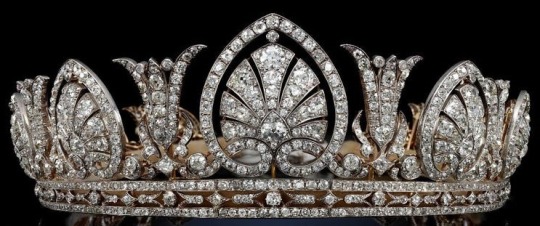
Duchess of Devonshire's Diamond Palmette Tiara
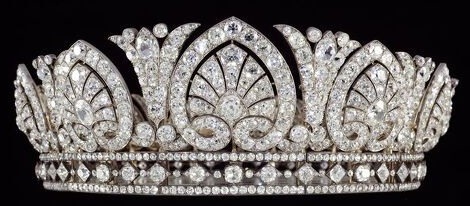
Caroline Stanley, Countess of Derby

Louisa, Evelyn, and Mary Cavendish, Duchesses of Devonshire

#Tiara Talk#Countess of Derby#Duchess of Devonshire#Skinner#United Kingdom#British Nobility#british aristocracy#ketrindoll#palmette#diamond
78 notes
·
View notes